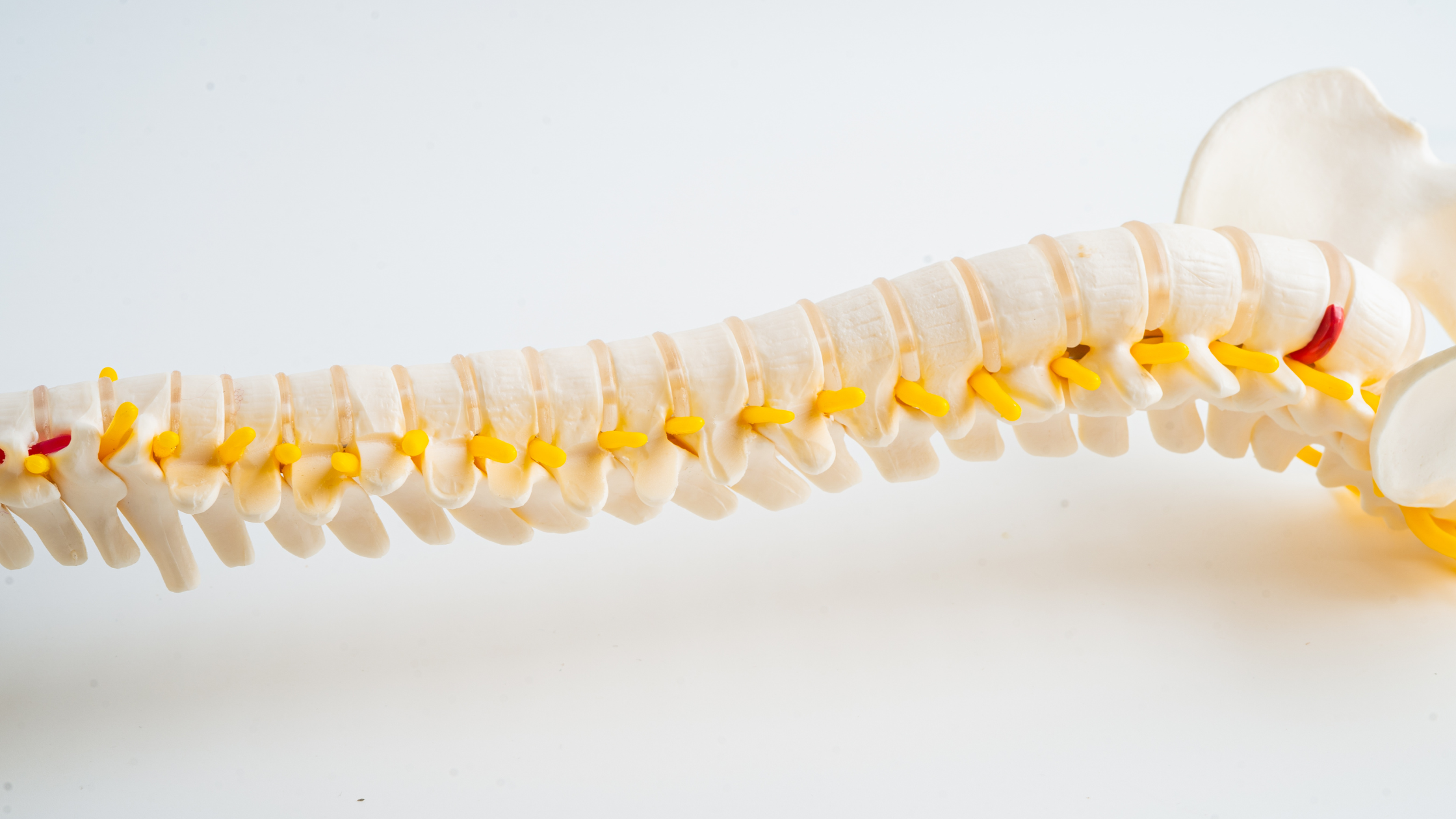
Chronic pain affects millions of Americans each year, impacting daily life, mobility, and overall well-being. For those who have exhausted conservative treatment options like medication, physical therapy, or injections, Spinal Cord Stimulation (SCS) can offer renewed hope.
What is Spinal Cord Stimulation?
Spinal cord stimulation is a minimally invasive pain management therapy that uses electrical impulses to disrupt pain signals traveling from the body to the brain. A small device, similar to a pacemaker, is implanted near the spine and connected to electrodes placed in the epidural space. These mild electrical pulses modify pain signals before they reach the brain.
Conditions Treated with Spinal Cord Stimulation
- Failed Back Surgery Syndrome (FBSS)
- Complex Regional Pain Syndrome (CRPS)
- Chronic lower back and leg pain
- Peripheral neuropathy
- Post-laminectomy syndrome
- Arachnoiditis
- Diabetic neuropathy (in some cases)
Who Qualifies for Spinal Cord Stimulation?
- Chronic pain lasting over 6 months
- Failed conservative treatments
- No correctable cause for pain
- Psychological readiness
- Responsive to a trial period
The Spinal Cord Stimulator Trial
Before permanent implantation, patients undergo a temporary trial to test the therapy. Electrodes are placed temporarily, and the stimulator is worn externally for 5–7 days. A successful trial provides at least 50% pain relief.
Permanent Spinal Cord Stimulator Implantation
Permanent implantation involves placing leads in the epidural space and a generator under the skin, typically on an outpatient basis.
Recovery and Aftercare
- Recovery time: Soreness and fatigue for a few days
- Device programming: Tailored to your pain pattern
- Device lifespan: 5 to 10 years
Benefits of Spinal Cord Stimulation
- Over 50% pain relief
- Reduced need for opioids
- Improved quality of life
- Reversible and adjustable therapy
Risks and Considerations
- Infection or bleeding
- Nerve damage or spinal fluid leak
- Device failure or migration
Is Spinal Cord Stimulation Right for You?
If you’re living with chronic neuropathic pain and have exhausted other treatments, consult a pain specialist about SCS. The trial period provides a low-risk way to determine if it works for you.
Conclusion
Spinal cord stimulation offers a promising option for chronic pain relief. With careful evaluation and a successful trial, many patients regain their quality of life without relying on medications or more invasive procedures.

